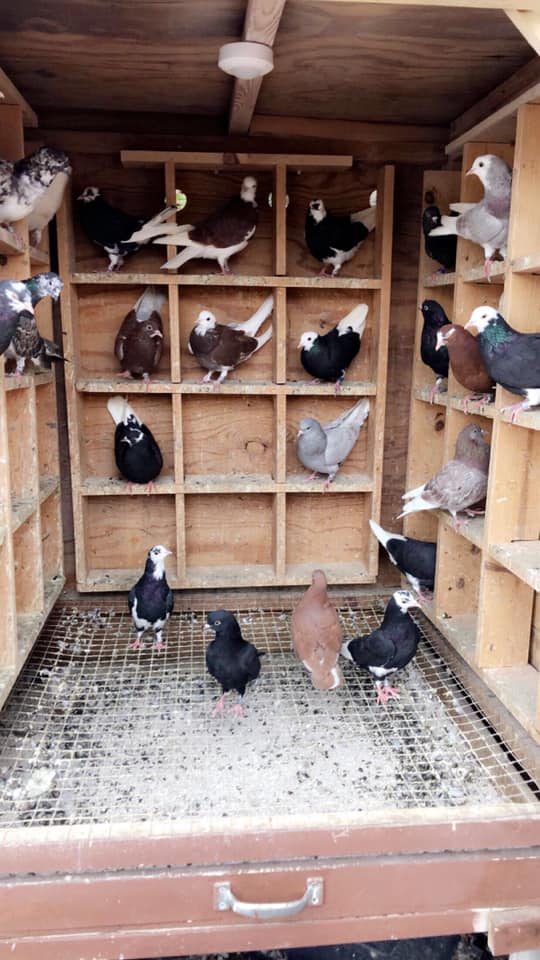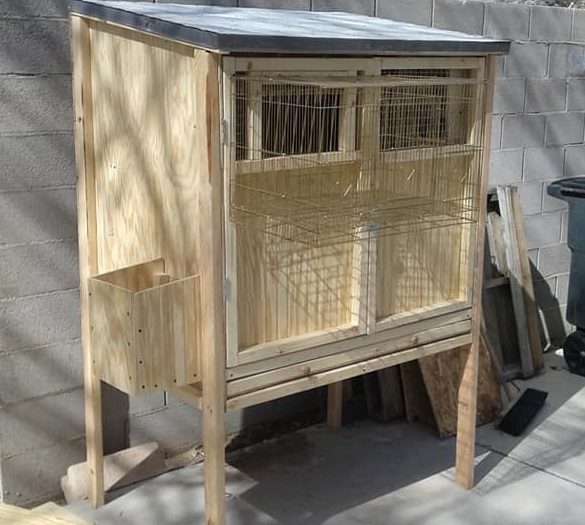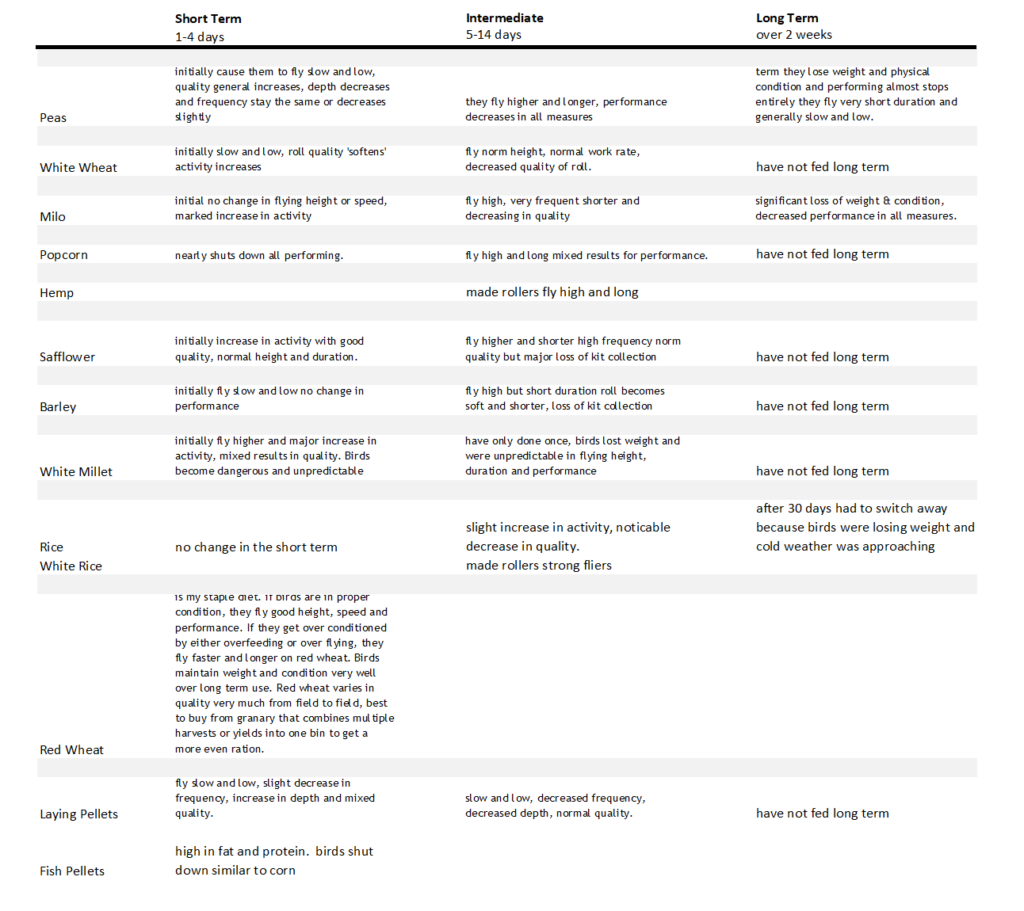Starting with Roller Pigeons
New members and interested individuals who want to find out what the club and the breed is all about. This is a quick intro on how to start what will most likely be a life-long passion of raising and flying Birmingham Rollers.
Are You Ready?

Birmingham Roller Pigeons are generally a very hardy breed of pigeon. They can thrive in just about every climate and are tolerant to changes as well. Rollers are also very easy to care for, as long as you stick to a few basic principles accepted throughout the sport. Provided you follow these principles, your birds will be in great shape for their entire lives.
Acquisition
There are many ways to start your journey with this sport. There are over two thousand breeders in the United States alone who would be happy to facilitate you with pigeons of your own. Prices start from $0 to about $300 for the more renowned families of pigeons.
Starting from Youngsters
If you want to start with a new bunch of birds and fly them before you breed them, we suggest you acquire a kit from a local breeder. These birds on average are far less expensive than older, breeding quality pigeons. Typically you can buy a set of youngsters from the same breeder which are all related. This gives you the advantage of really testing out a family of birds before you decide to breed from them.
Starting from Breeders
Starting in Rollers from older, established breeding pairs is also another good method with which to begin. Typically birds in this category will be more expensive. Go to a reputable breeder, who is well known in the sport. Find people from the Master Flyer program who may assist you. We warn you though, if this is your first foray into Roller pigeons, acquiring stock for breeding will take you longer before you can actually see birds flying over your house.
Annual Auction
You can check back from time to time on this website for auctions. These are typically full of quality birds, from reputable breeders and offer a way for you to acquire stock while simultaneously helping out the NBRC.
Housing
Housing your Rollers will be your first priority if you have decided on this breed. You will need to build several compartments, or cages, for each part of your program. You can divide raising Rollers into an assembly line of sorts: you’ll need separation pens, a breeding pen, and kit boxes. With all housing compartments, it is important to observe the following rules vigorously:
- Keep water available and clean at all time. Water for breeders should always be available. For competition birds, some schools of thought argue that it is not necessary to keep water in the compartment all the time, as pigeons can be conditioned to the availability of water. Whatever your choice, stick to it. Water is one of the best conductors of disease in a loft.
- Provide feed that is clean, dry, and free from vermin contamination, mold or dust.
- Keep the loft or compartment as dry as possible. Install exhaust fans if necessary. Provide adequate ventilation. Use wire bottoms.
- Clean the loft regularly. Do not let droppings accumulate. With wire bottoms, the droppings have a lesser chance of allowing the spread of disease in case of a breakout.
As the name implies, these pens are typically used to separate out the sexes. You have to decide, depending on your region of the country, what time of year is best for breeding. During the rest of the year, you’ll keep the pairs separated so they don’t continually produce young and wear themselves out. And given the opportunity, pigeons will breed year-round. Sometimes a breeder will have only one separation pen to house hens and use the breeding pen as the separation pen for the cocks.
Breeding Pen
During the time of year you have designated to let the pairs breed, the breeding pen will be where they reproduce. A typical breeding pen will have in it nesting boxes. Each pair will own a nest box where they will lay eggs and rear their young. Sometimes a breeding pen is separated out into individual breeding compartments. This is done to insure that only one cock topped one female and that no other genes were inadvertently introduced.
Kit Boxes

For competition, it is necessary to house your competition birds together, as a team. You train them on how to leave and return to their kit box. A typical kit box houses about 20-24 birds. As long as each bird has a perch, they are happy and stress free. It is important to build the boxes keeping in mind that they are a kind of runway from where your birds are launched. What this means is that you have to provide clearance for your birds to leave and return to the kit box. Point the box toward free space or remove shrubs or any obstacles directly in front of the opening from which the birds are released.
Feeding
One of the most difficult things you will master is feeding your kit. Below is a table outlining some observations on the effects of various grains. This is based on feeding flying kit birds and NOT breeders.
Do not take this information as gospel! The first problem is that grain grown in different areas have slightly different nutritional composition. Secondly some grains such as “red wheat” is actually very different varieties of wheat with significantly different effect on the kit birds. And finally, you have to consider how your family reacts to the local grains you have available. The intent is to provide this basic information to assist you in starting your own regimen, adjust as you learn how your birds react to the grains.

